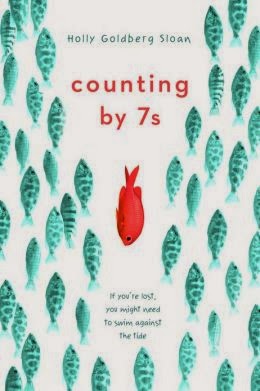This week, we kicked off one of my favorite activities – writing circles. For those of you familiar with book clubs or literature circles, writing circles follow the same premise: A small group gathering to discuss self-chosen text. With writing circles, students will be regularly meeting to share and offer feedback on writing. I love the feel of writing circles. First of all, they’re intimate. Because each group consists of only three to four students, individual voices are heard and validated. This is quite different from a whole-class discussion, where the more timid voices may be overpowered in the shuffle. Not only that, as the group members feel more comfortable with one another, they will be more willing to take risks with their writing. Secondly, writing circles are student-led. Each small group decides on its own writing topic, and each individual chooses his or her own genre. Additionally, after learning numerous types of positive response, writers will be able to select the type of feedback that best meets their needs. Finally, writing circles help students to become better writers. Kids are no longer writing for the teacher or the grade, but for an all-important audience of peers. Suddenly, they have a sense of purpose and commitment that transcends typical assignments.
Writing circles will meet approximately once a week, and will follow a specific format. To begin, each student will share the piece that he or she had been working on since the last meeting. After the piece has been shared, the other members of the group will take turns giving useful, positive feedback to the writer. Once this process has been completed for all members, the group will choose a new topic for the upcoming week. Students will write throughout the week and repeat the steps at their next meeting. After four or five meetings, writing circles will become publishing circles. At this point, students will select one of the pieces they have been working on for publication. After participating in revision, editing, and illustration conferences, the pieces will be ready to share with readers outside of the classroom.
The purpose of writing circles is to help students become better writers. It’s my hope that by putting kids in charge of their writing decisions, they will feel a stronger commitment to their work. Usually, relevancy results in higher quality writing. If nothing else, perhaps writing circles will help convince students that writing can be rewarding and fun!

















